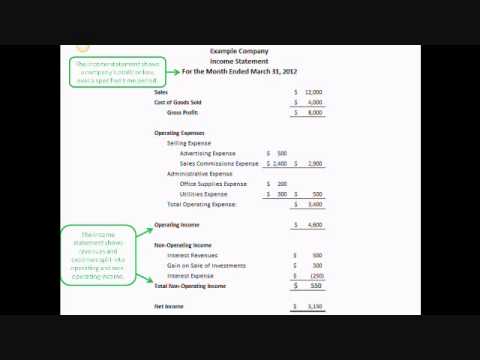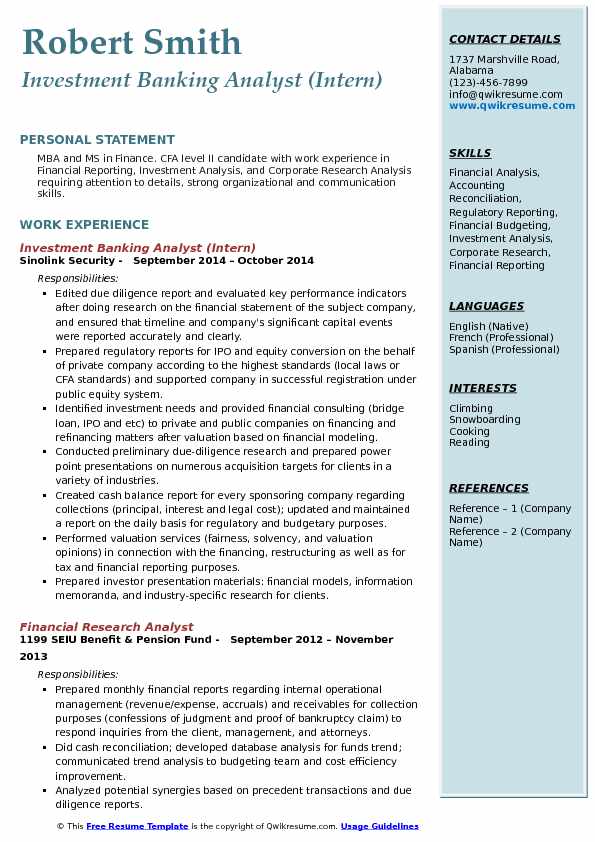Asset Turnover Ratio Analysis Formula Example
By: Flaka Ismaili March 18, 2022
Contents:


A lower ratio indicates that the company may be running inefficiently, with an upcoming need for additional assets or more space, which could lead to higher costs. Like with most ratios, the asset turnover ratio is based on industry standards. To get a true sense of how well a company’s assets are being used, it must be compared to other companies in its industry. Clearly, it would not make sense to compare the asset turnover ratios for Walmart and AT&T, since they operate in very different industries. But comparing the relative asset turnover ratios for AT&T compared with Verizon may provide a better estimate of which company is using assets more efficiently in that industry. From the table, Verizon turns over its assets at a faster rate than AT&T.
Overall, asset turnover ratios can be a useful tool for financial forecasting because they provide insight into a company’s efficiency in generating revenue from its assets. Companies can make informed decisions about their operations and financial performance by examining their asset turnover ratios and comparing them to industry benchmarks and other financial metrics. Fixed asset turnover uses the same formula, but only takes fixed assets into account. The formula to calculate the fixed asset turnover ratio compares a company’s net revenue to the average balance of fixed assets. The fixed asset turnover ratio is helpful for companies with high-value investments in assets. They usually have a board of directors who want to calculate the efficiency of the fixed assets compared with the company’s turnover.
The Return On Equity Approach – Seeking Alpha
The Return On Equity Approach.
Posted: Wed, 07 Sep 2022 07:00:00 GMT [source]
However, before you determine your asset turnover ratio, there are a few elements to consider. Second, there is no “good” or “bad” asset turnover ratio statistic, as there is no substitute for comparing it to industry norms or firms of comparable size. For instance, a ratio of 1 means that the net sales of a company equals the average total assets for the year. In other words, the company is generating 1 dollar of sales for every dollar invested in assets. The asset turnover ratio is a metric that compares revenues to assets. A high asset turnover ratio indicates a company that is exceptionally effective at extracting a high level of revenue from a relatively low number of assets.
What does the asset turnover ratio tell us?
professional bookkeeping service the meaning, significance, and formula of asset turnover ratio. Learn how to calculate and analyze asset turnover ratio with a detailed example. Businesses in the same niche might not use the same type of accounting policies, especially when it comes to calculating depreciation. It can even skew the results while comparing the assets turnover ratio throughout the industry. When the assets turnover ratio is low, it can also mean that the assets are becoming obsolete. Again, comparing your equipment with other companies in the same niche will help you know when to purchase new equipment.
Investors can use all of this information to get a sense of a company’s TAT and how it has changed over time. By contrast, to achieve the same volume of business, a less efficient company will make a greater investment in assets . An efficient company can deliver on its desired level of sales with a reasonable investment in assets. This means that for every dollar in assets, Sally only generates 33 cents. In other words, Sally’s start up in not very efficient with its use of assets.
Then, to finally get the company’s asset turnover ratio, divide the total sales or revenue by the average value of the assets for the year. In other words, while the asset turnover ratio looks at all the company’s assets, the fixed asset ratio only looks at the fixed assets. A fixed asset is a resource that has been purchased by the company with the intent of long-term use, such as land, buildings and equipment. The asset turnover ratio can also be analyzed by tracking the ratio for a single company over time. As the company grows, the asset turnover ratio measures how efficiently the company is expanding over time – especially compared to the rest of the market. The FAT ratio measures a company’s efficiency to use fixed assets for generating sales.
Helps investors
Conversely, firms in sectors such as utilities and real estate have large asset bases and low asset turnover. Typically, the asset turnover ratio is calculated on an annual basis. The higher the asset turnover ratio, the better the company is performing, since higher ratios imply that the company is generating more revenue per dollar of assets.
It’s an excellent indicator of the efficiency with which a company can use assets to generate revenue. Typically, total asset turnover ratio is calculated on an annual basis, although if needed it can be calculated over a shorter or longer timeframe. A common variation of the asset turnover ratio is the fixed asset turnover ratio.
The average total assets … The next section will dive into an example to show a clearer picture of how the asset turnover ratio works. You’ll find the company’s sales, also called revenue, listed on the income statement. The total asset turnover formula shows the numerator as net sales, so what’s the difference between sales and net sales? One of the financial analysts raised his hand and asked, ‘Why would someone want to return a cupcake? ‘ Jan responds by explaining, ‘A cupcake can be returned if someone is allergic to the ingredients or if the taste wasn’t what they expected – good question’. Asset-heavy industries like manufacturing have many fixed assets in equipment, real estate, and others.

For example, an investor may have a better understanding of the value of asset turnover from a profitability viewpoint by calculating the return on assets. Additional insights into how a firm makes profits for shareholders might be gained by employing asset turnover in a DuPont analysis to compute return on equity. Asset Turnover Ratio is used in multiple ways, one of which is its usage is DuPont Analysis. The DuPont Analysis calculates the Return on Equity of a firm and uses profit margin, asset turnover ratio, and financial leverage to calculate RoE. We have discussed how you would be able to calculate the asset turnover ratio and would also be able to compare among multiple ratios in the same industry. But, let’s say Company A and Company B are from different industries.
Total Asset Turnover Ratio Example
Comparisons are only meaningful when they are made for different companies within the same sector. An asset turnover ratio equal to one means the net sales of a company for a specific period are equal to the average assets for that period. The company generates $1 of sales for every dollar the firm carried in assets. Companies can artificially inflate their asset turnover ratio by selling off assets. This improves the company’s asset turnover ratio in the short term as revenue increases as the company’s assets decrease. However, the company then has fewer resources to generate sales in the future.
The asset turnover ratio for each company is calculated as net sales divided by average total assets. In addition, the asset turnover ratio can be used to compare the efficiency of different companies within the same industry, or to compare a company’s performance over time. This can help investors and analysts to identify companies that are outperforming their peers, or to identify trends in a company’s financial performance.
Financial leverage is calculated by dividing average assets by average equity. Essentially, the net sales are primarily utilized for calculating the ratio returns and refunds. The returns and refunds should be withdrawn out of the total sales, in order to accurately measure a firm’s asset capability of generating sales. Net revenue is taken directly from the income statement, while total assets is taken from the balance sheet.
For every 1.00$ invested in total assets, it generates $0.59 of sales of the business. Our concern in this ratio is to assess the contribution total assets will make towards generation of sales. But it is important to compare companies within the same industry in order to see which company is more efficient.
There is no definitive answer as to what a good asset turnover ratio is. It depends on the industry that the company is in, and even then, it can vary from company to company. Generally speaking, a higher ratio is better as it implies that the company is making good use of its assets. You can use the asset turnover ratio calculator below to work out your own ratios for comparison with other companies in your industry.
Example Of Fixed Asset Turnover Ratio
The asset turnover ratio may in any given period be lower due to a purchase of assets. The total asset turnover ratio calculates net sales as a percentage of assets to show how many sales are generated from each dollar of company assets. For instance, a ratio of .5 means that each dollar of assets generates 50 cents of sales. To calculate the asset turnover ratio, you need to find out the total revenue and then divide it with total assets . It’s important to note that asset turnover ratio can vary widely between different industries.
- To get the most value out of this measure, compare it to other firms in your industry or follow it over time.
- The asset turnover ratio measures the value of a company’s sales or revenuesrelative to the value of its assets.
- The average value is calculated by adding the value of assets the business owned at the beginning of the period to the value of the assets owned at the end of the period, and then dividing by two.
- The fixed asset turnover ratio and the working capital ratio are turnover ratios similar to the asset turnover ratio that are often used to calculate the efficiency of theseassetclasses.
- While capital-intensive businesses tend to have lower ratios than industries with large profit margins, the reverse is also true.
It accomplishes this by comparing the average total assets to the net sales of a company. Expressly, this ratio displays how efficiently a company can utilize this in an attempt to generate sales. The asset turnover ratio formula is used to calculate and measure how efficiently the assets of a company are used to generate revenue or sales. However, there are a few limitations to using the asset turnover ratio formula. In as much as the asset turnover ratio formula should be used to compare similar companies, when it comes to stock analysis the metric does not provide all the necessary and helpful details. As the asset turnover ratio varies from sector to sector, some industries tend to have a higher ratio while some tend to have a lower ratio.
Form 485BPOS AMERICAN CENTURY VARIABL – StreetInsider.com
Form 485BPOS AMERICAN CENTURY VARIABL.
Posted: Fri, 14 Apr 2023 15:45:00 GMT [source]
In other words, this https://1investing.in/ shows how efficiently a company can use its assets to generate sales. Sometimes, investors and analysts are more interested in measuring how quickly a company turns its fixed assets or current assets into sales. In these cases, the analyst can use specific ratios, such as the fixed-asset turnover ratio or the working capital ratio to calculate the efficiency of these asset classes. The working capital ratio measures how well a company uses its financing from working capital to generate sales or revenue.
The ratio does not take into account the age of a company’s asset purchases. No information can be gleaned from a high FAT ratio about a company’s capacity to produce reliable earnings or cash flows. To determine your net sales, you will need to subtract your total allowances and discounts for the year.









